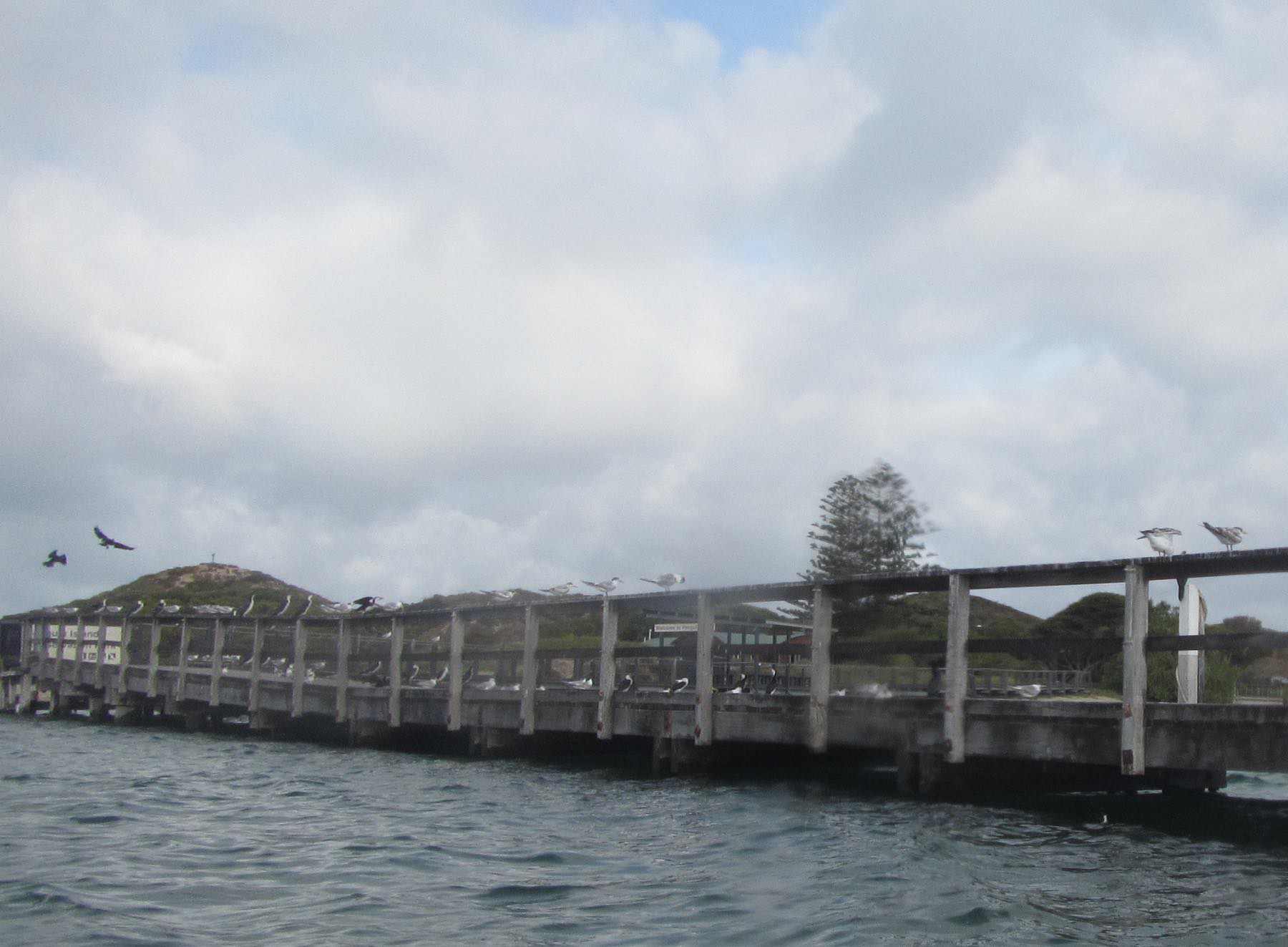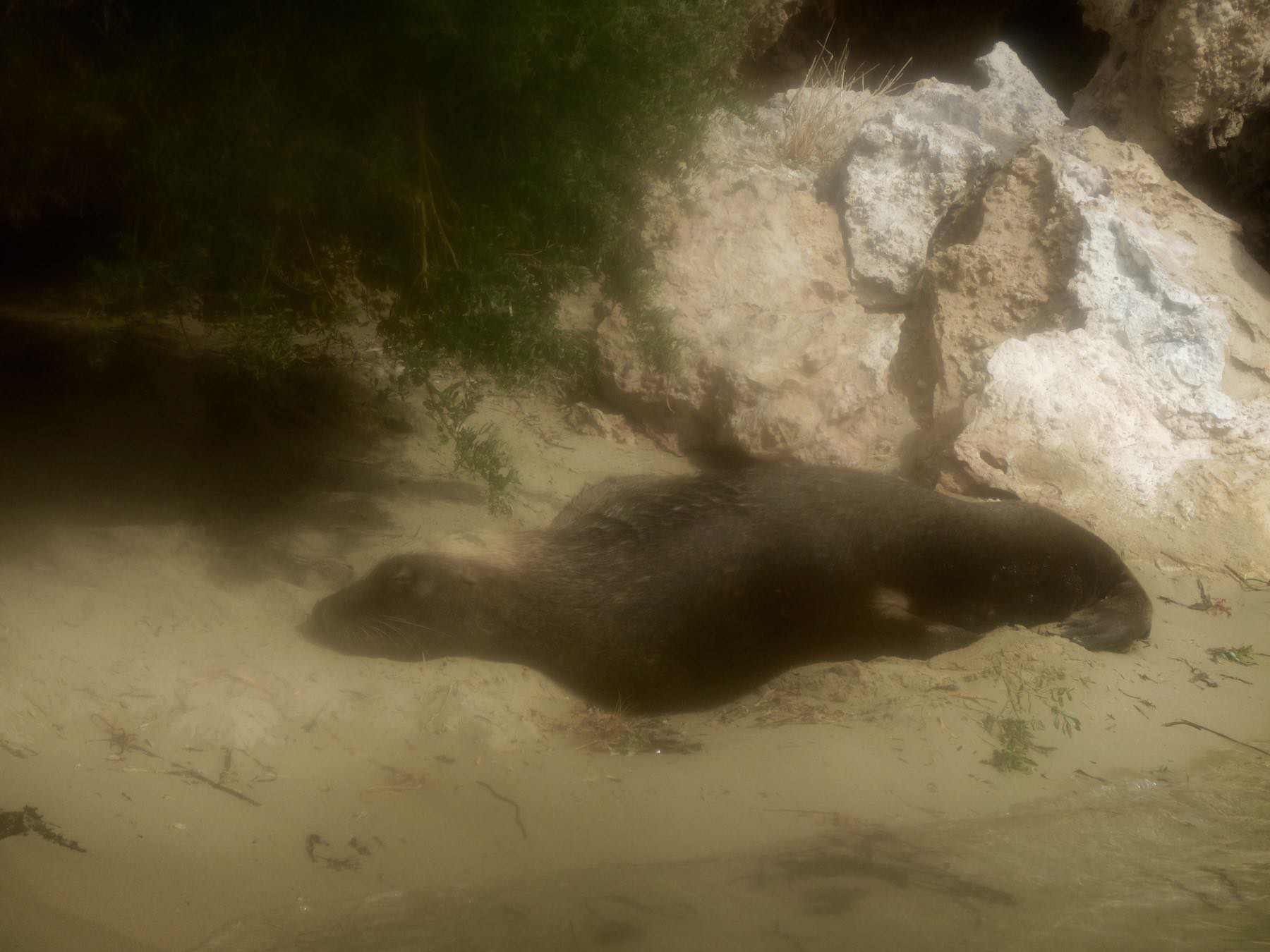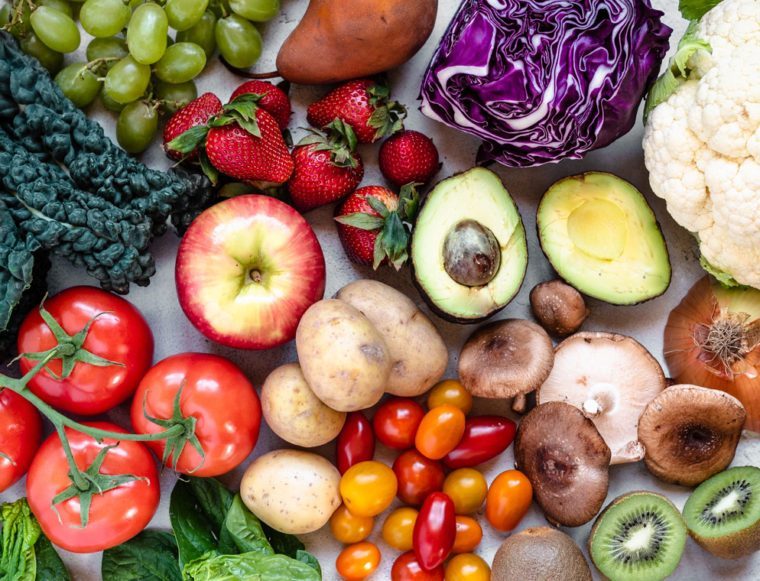Words and photographs by Jean Hudson @jeansodyssey – our resident traveller.
In this time of Covid, as we stay safe at home (save for trips to the shop for provisions, drives to the service station to top up the car’s petrol tank, and occasional exercise excursions) we can only dream of an extended Easter with family and friends. Well, I’m here to help – Penguin Island is a great place to dream about. Here’s my dream!
I set my alarm, check the weather forecast, pack a picnic, load my kayak – yes, my kayak – and drive to Safety Bay, 40 minutes south of Perth.
The ocean is calm as I dip my paddles in the water and glide over the sea-grass beds below. A squadron of pelican fly towards Penguin Island, majestic in the air, they move with incredible steadiness on broad, white-and-black wings.
A string of rocky islands less than a kilometre offshore is known as Shoalwater Islands Marine Park. These islands are populated by a rare collection of marine life and birds.
Terns and cormorants perch on the jetty posts as I glide onto the island. On the nearby beach are thousands of terns. I set off to explore the island on foot. The boardwalks are popular for King Skinks. They bask in the early morning sun and scurry away as I approach. These large, heavy-bodied skinks can reach 55 centimetres in length.

King skink
The boardwalk takes me to a platform from which I can view the pelican-nesting site. There are seven species of pelicans worldwide; our WA pelicans are the largest in the world and can live for 25 years or more.
On the ocean side of the island, waves break on a beach, which has thousands of silver gulls swooping and screeching above the shoreline. Along the beach are limestone caves crafted by centuries of wind and waves. From the highest lookout, I look out to sea and feel more at peace than I have for several weeks.
Penguin Island is home to nearly 1200 “Little Penguins”, or “Blue Penguins”, the smallest species of the penguin family on the planet. They are shy and I don’t see any today. Spotting them on the island is rare as they are usually out swimming and hunting for fish. Penguins can jump, dive, waddle and sleep laying down, standing up or floating in the water. Little penguins breed in the burrows and in special human-made breeding boxes around the island. This colony has been given the highest conservation status of all the penguin colonies in Australia.
Back in my kayak, I paddle towards the pelican colony. I come across a fat seal asleep in his own private cave. He pays no attention to me. The pelicans look almost pre-historic with their long bills and pouches and perched on the cliff edge above me. Below them a tightly packed colony of guillemots gathers on the ledges and rocks.
I need to leave before the sea breeze strengthens and with a heavy heart I paddle towards the mainland. I treasure times like this when I can remove myself from the rest of the world and be surrounded by nature and wildlife.
It is forbidden and dangerous to wade to the island along the sandbar at low tide. Two people lost their lives attempting the crossing in 2010. Despite warnings about the peril of rapidly changing sea conditions, each year waders get themselves into trouble and have to be rescued.
* Please note, if you are thinking of turning this dream into a real excursion: that, due to Covid, the Penguin Island ferries are currently not running and the Penguin Discovery Centre is closed to the public; and that social distancing rules apply to everything we do at the moment.













